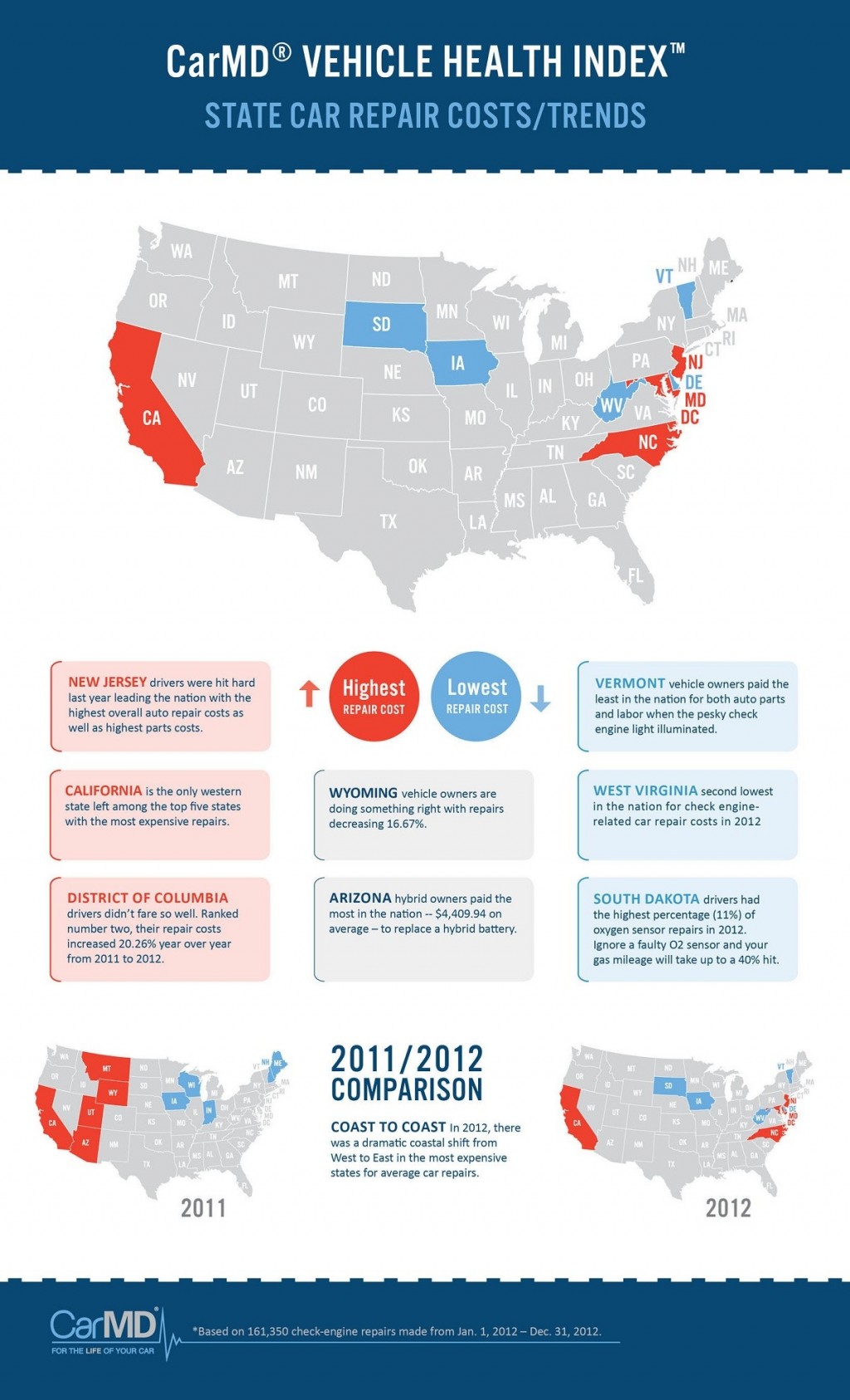Comprehending The Meaning Behind Your Automobile'S Warning Lighting: A Thorough Appearance
Comprehending The Meaning Behind Your Automobile'S Warning Lighting: A Thorough Appearance
Blog Article
Content Author-Higgins Corbett
When you lag the wheel, those radiant caution lights on your control panel can be a bit complicated. Do you know what they're trying to tell you about your cars and truck's health? Understanding the value of these lights is important for your safety and security and the long life of your vehicle. So, the following time among those lights turns up, wouldn't you want to analyze its message accurately and take the essential actions to address it?
Common Warning Lighting and Interpretations
Identify typical warning lights in your automobile and comprehend their meanings to make sure secure driving.
The most common warning lights include the check engine light, which indicates issues with the engine or discharges system. If this light comes on, it's important to have your vehicle inspected immediately.
The oil pressure warning light shows low oil stress, needing prompt focus to stop engine damages.
A blinking battery light could recommend a damaged billing system, potentially leaving you stranded otherwise dealt with.
The tire pressure tracking system (TPMS) light alerts you to reduced tire pressure, impacting vehicle stability and gas efficiency. Disregarding this might cause hazardous driving conditions.
The abdominal muscle light shows a problem with the anti-lock stopping system, jeopardizing your ability to stop rapidly in emergency situations.
Last but not least, the coolant temperature level alerting light warns of engine overheating, which can cause severe damage if not fixed promptly.
Understanding these usual caution lights will certainly aid you attend to problems promptly and preserve risk-free driving conditions.
Importance of Prompt Focus
Understanding the typical caution lights in your car is only the primary step; the value of immediately attending to these cautions can not be highlighted enough to guarantee your safety when driving.
When a caution light brightens on your control panel, it's your car's way of connecting a potential issue that requires attention. Ignoring these warnings can result in extra serious issues in the future, compromising your safety and possibly costing you more in repairs.
Prompt attention to cautioning lights can prevent breakdowns and accidents. For example, a blinking check engine light might indicate a misfire that, if left ignored, could create damage to the catalytic converter. Addressing this quickly can conserve you from a costly repair service.
Similarly, https://brakerotorreplacementcost06284.blogsuperapp.com/31725440/revealing-the-truths-behind-a-luxury-automobile-repair-shop-experience warning light could signify low brake liquid or used brake pads, essential parts for your safety when driving.
DIY Troubleshooting Tips
If you notice a warning light on your control panel, there are a few do it yourself repairing suggestions you can attempt prior to seeking professional help.
The very first step is to consult your cars and truck's manual to recognize what the certain caution light indicates. Occasionally the issue can be as simple as a loosened gas cap activating the check engine light. Tightening up the gas cap may deal with the problem.
https://www.benzinsider.com/2022/04/5-professional-maintenance-tips-for-mercedes-benz-vehicles/ is a low battery, which can set off different advising lights. Examining the battery links for rust and guaranteeing they're secure could deal with the problem.
If a caution light continues, you can attempt resetting it by detaching the vehicle's battery for a few minutes and after that reconnecting it. Additionally, checking your automobile's liquid degrees, such as oil, coolant, and brake liquid, can assist repair cautioning lights associated with these systems.
Conclusion
In conclusion, understanding your auto's warning lights is important for maintaining your automobile running smoothly and securely. By quickly addressing these informs and recognizing what they mean, you can avoid expensive fixings and prospective failures.
Keep in mind to consult your automobile's manual for specific information on each alerting light and take action as necessary to make certain a hassle-free driving experience.
Stay educated, stay safe on the road!
